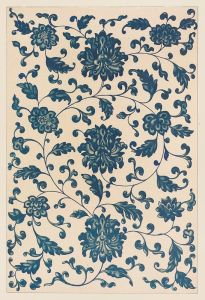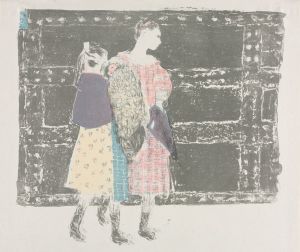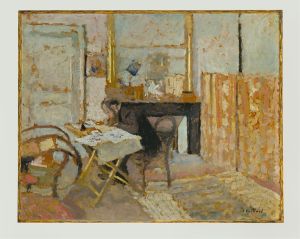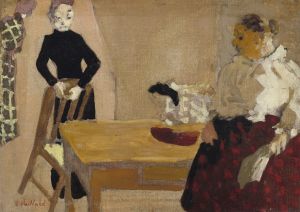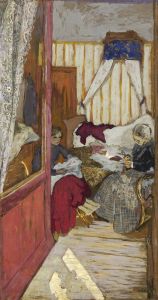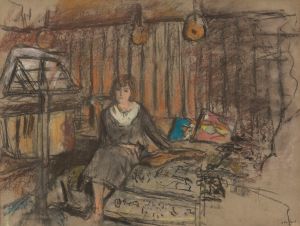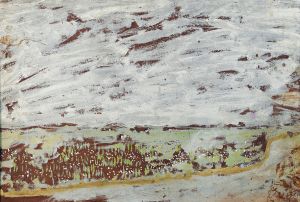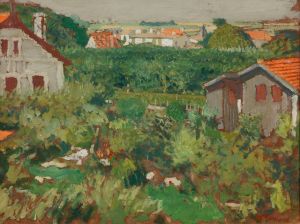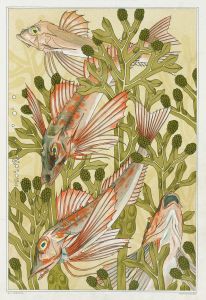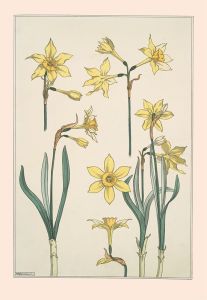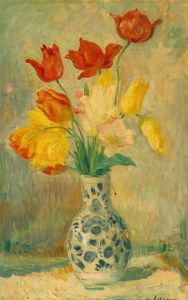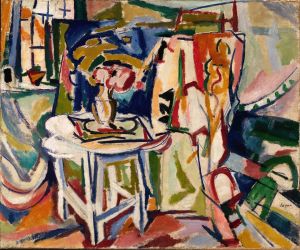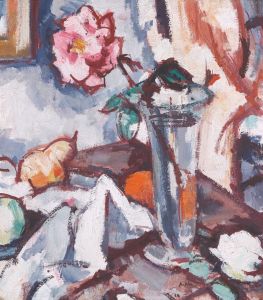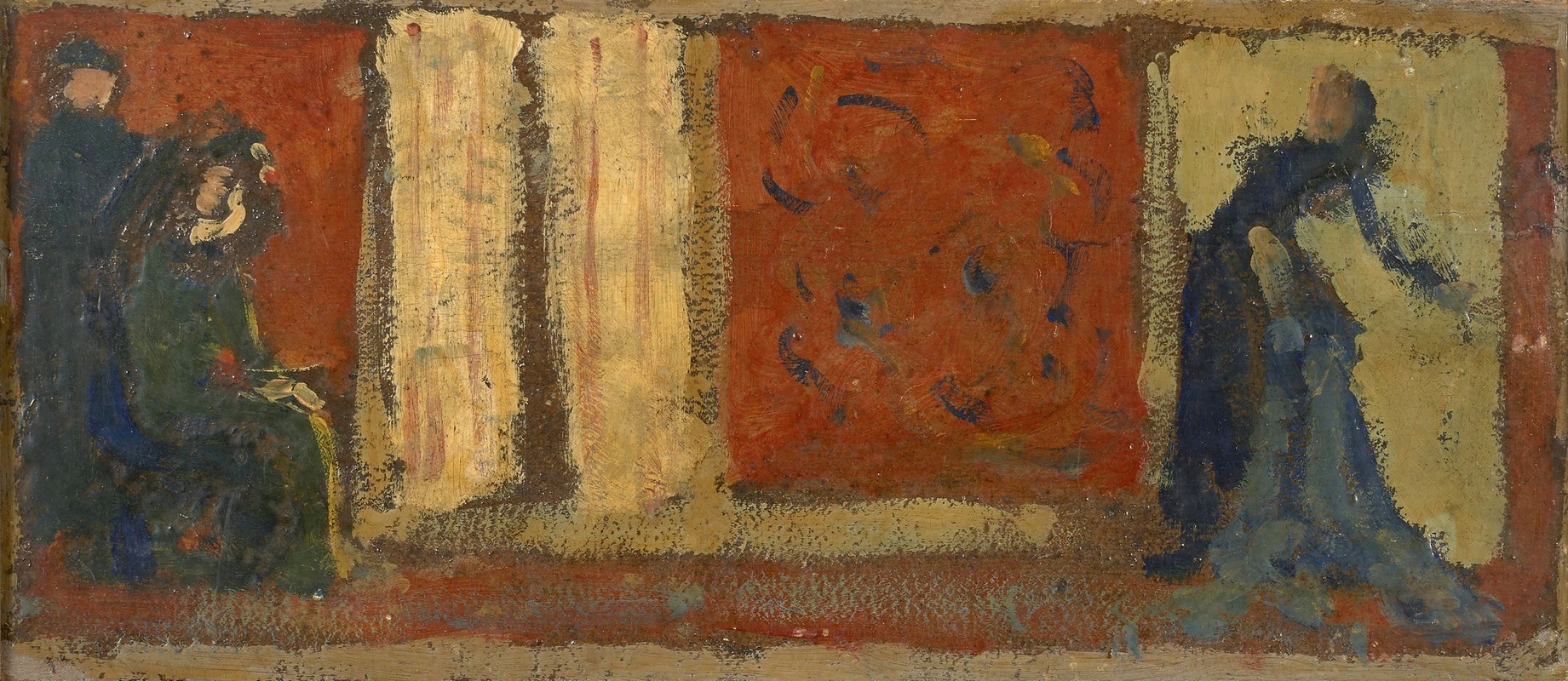
Étude pour l’un des dessus-de-porte de Monsieur et Madame Paul Desmarais, L’Atelier de couture
A hand-painted replica of Édouard Vuillard’s masterpiece Étude pour l’un des dessus-de-porte de Monsieur et Madame Paul Desmarais, L’Atelier de couture, meticulously crafted by professional artists to capture the true essence of the original. Each piece is created with museum-quality canvas and rare mineral pigments, carefully painted by experienced artists with delicate brushstrokes and rich, layered colors to perfectly recreate the texture of the original artwork. Unlike machine-printed reproductions, this hand-painted version brings the painting to life, infused with the artist’s emotions and skill in every stroke. Whether for personal collection or home decoration, it instantly elevates the artistic atmosphere of any space.
Édouard Vuillard's Étude pour l’un des dessus-de-porte de Monsieur et Madame Paul Desmarais, L’Atelier de couture is a preparatory study created by the French painter as part of a decorative commission. Vuillard (1868–1940) was a prominent member of the Nabis group, known for his intimate interior scenes and use of rich, textured patterns. This particular work reflects his skill in capturing the quiet, domestic atmosphere of everyday life, a hallmark of his artistic style.
The painting was commissioned by Paul and Jacqueline Desmarais, prominent Canadian art collectors and philanthropists, as part of a series of decorative panels intended for their private residence. The title, which translates to Study for One of the Overdoor Panels of Monsieur and Madame Paul Desmarais, The Sewing Workshop, suggests that the work was a preparatory piece for a larger decorative project. Overdoor panels, or "dessus-de-porte," are traditionally designed to adorn the space above doors, often serving as elegant architectural embellishments.
In this study, Vuillard depicts a sewing workshop, a theme that aligns with his frequent focus on domestic interiors and the activities of women. The composition is characterized by a warm, intimate atmosphere, with figures engaged in sewing or other related tasks. Vuillard's use of soft, muted colors and intricate patterns creates a sense of harmony and cohesion, emphasizing the decorative purpose of the piece. His technique often involved layering textures and patterns to evoke a tactile quality, which is evident in this work.
While the study itself was not intended as a standalone artwork, it provides valuable insight into Vuillard's creative process. He often produced preparatory sketches and studies to refine his compositions and experiment with color and form before executing the final piece. This approach allowed him to achieve the balance and subtlety that define his decorative works.
The exact date of the study is not specified, but it likely dates to the early 20th century, during a period when Vuillard was actively engaged in creating decorative panels for private patrons. The final panels for the Desmarais residence, if completed, would have been part of a broader trend among wealthy patrons of the time to commission custom artworks for their homes, blending fine art with interior design.
Today, Étude pour l’un des dessus-de-porte de Monsieur et Madame Paul Desmarais, L’Atelier de couture is recognized as an example of Vuillard's mastery in combining art and decoration. It also reflects the artist's ability to transform everyday scenes into works of quiet beauty and sophistication. Further details about the current location or ownership of the study are not readily available.





